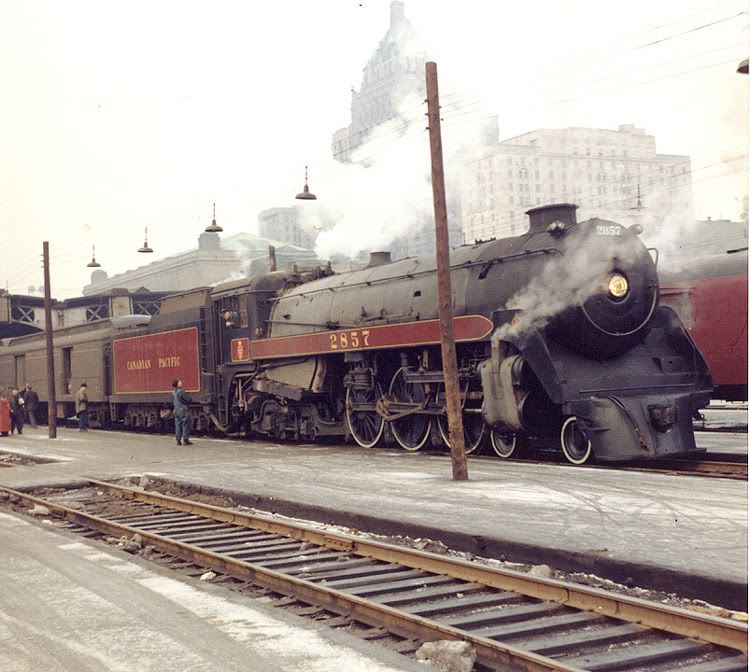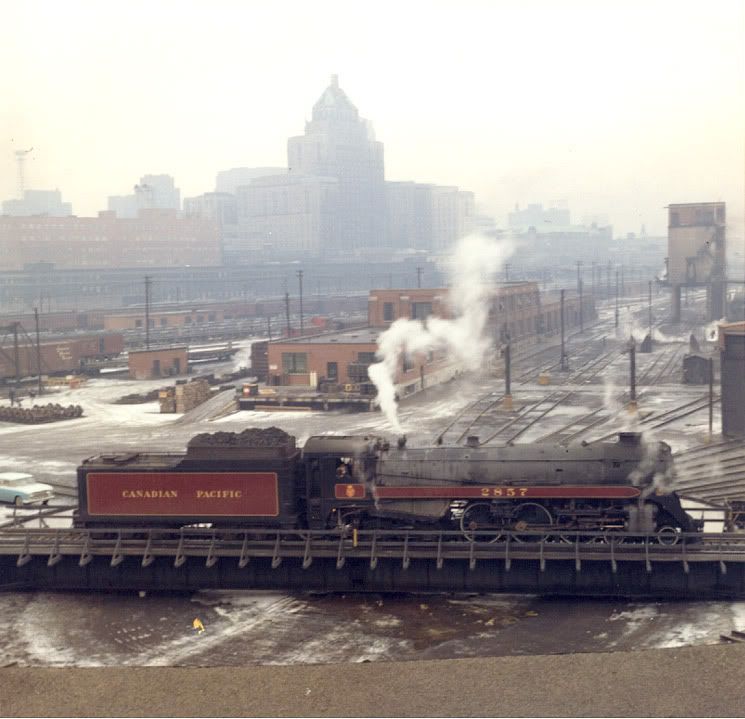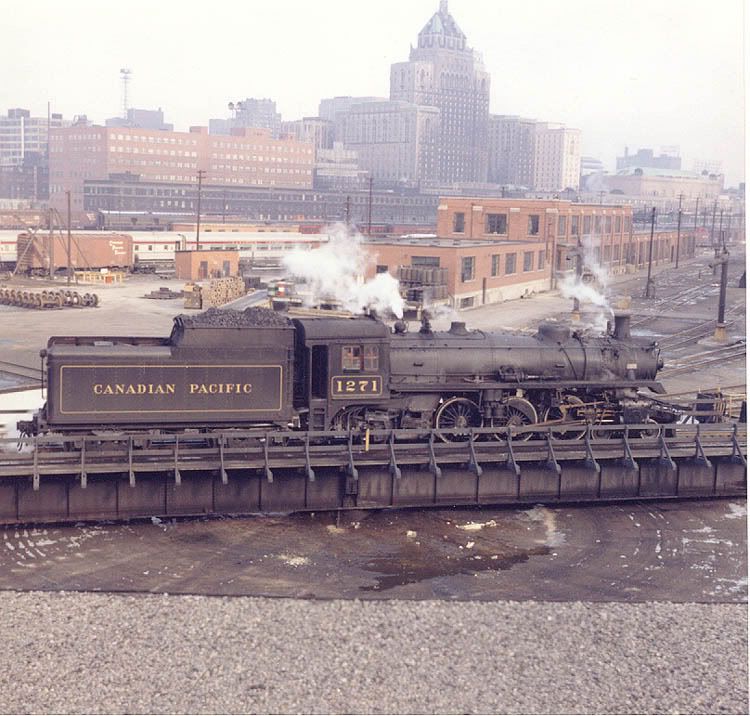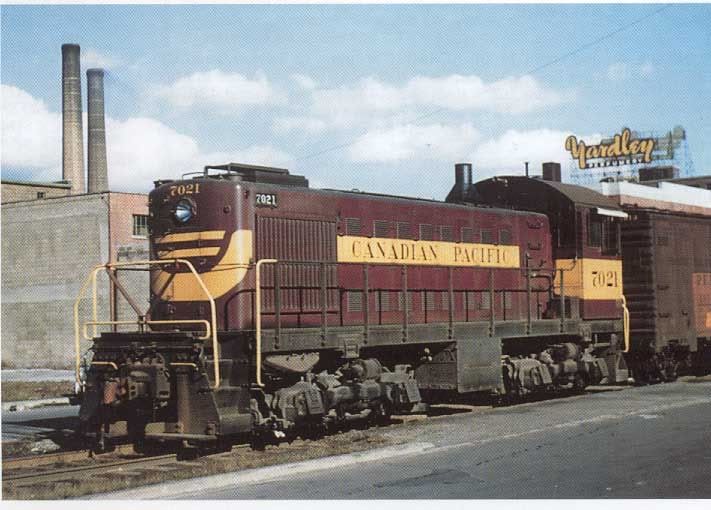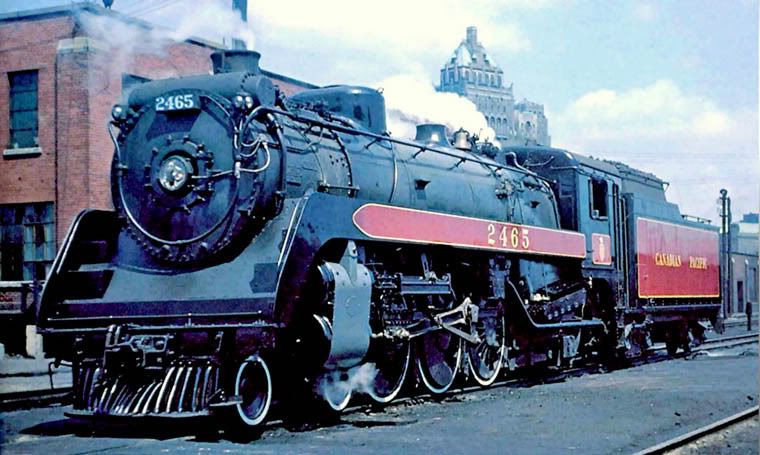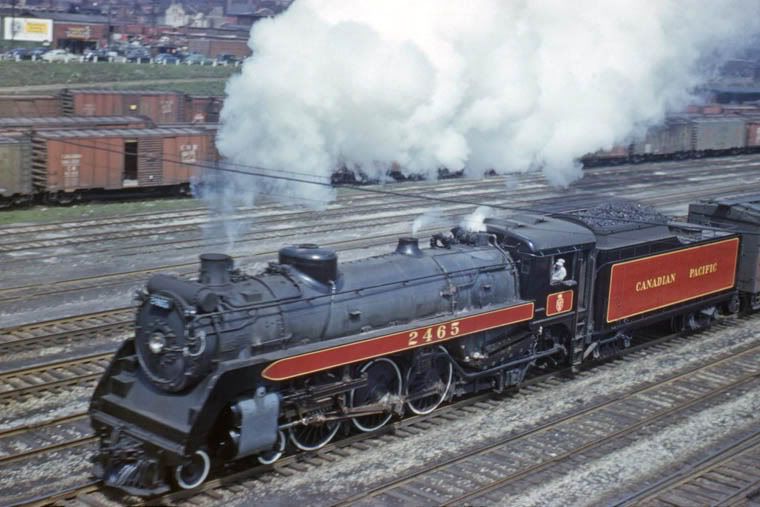adma
Superstar
Yes - at the north east corner of Yonge and King.
And from all those old skyline shots, it's proof of how a modest, matter-of-fact projecting elevator penthouse can do wonders for skyline "presence"...
Yes - at the north east corner of Yonge and King.
What an instructive postcard - not just for showing the grand, original look of the Confederation Life building, but for revealing how effectively rows of similar, polite red brick buildings on streets such as Lombard ( ? ) once defined the character of the city. A fairly modest existing form was expanded, creating continuity and a strong presence for the city as a whole, and jarring discontinuity was apparently considered bad form.
Sometimes I really wish that, in the old city, Toronto stopped developing around 1940, and kept the original downtown completely preserved. Geographically there is a lot of room for expansion, so they could've built an entire new core and city around it.
Perhaps unrealistic, and asking too much, but there's just so much that I wish I could've seen. The Victorian streetscapes looked wonderful.
It's not as unrealistic as you think. In Vienna for example, they are building two modern clusters with glass skyscrapers well outside the historic centre, but unlike Toronto, that's a city that is confident in itself, well aware and respectful of its own culture, history and architecture. Here all you get is wholesale apathy.
Some would say it's the mishmash of new and old that makes Toronto what it is. Concrete 60s modern, 80s Pomo and real Victorians can and do exist on the same block.
They could have built the financial core on the derelict rail and industrial lands south of Front street and we would have had an intact and likely glorious historic old town...
unfortunately, human beings are total creatures of habit. the magic words "Bay Street", and its historic association with money and banking guaranteed that the banks would continue to build over and over on the exact same spot of land. sadly, it would be conceptually inconceivable for them to consider "starting over" in another empty or "less important" location--they needed to hang on to the prestigious "King and Bay" addresses.
short sighted? myopic? timid? small minded? yep.
human, all too human?--ditto.
